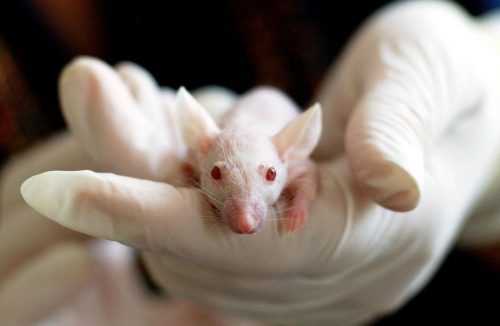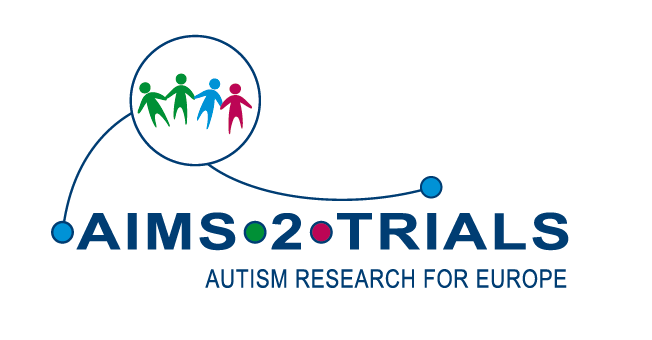Autistic people often report problems forming social relationships, but we do not yet understand what it is about autistic brains that causes the difficulty. A team of researchers from Ulm University in Germany, including Tobias Boeckers of AIMS-2-TRIALS, have been using ‘mouse models of autism’ to explore this question.
 Why are mice relevant to autism?
Why are mice relevant to autism?
It may sound strange, but mice with mutations in certain genes related to autism typically show repetitive patterns of movement and reduced interest in other mice. They also display a cognitive style that focuses on details and favours routine. Because the mice have both genetic mutations linked with autism and display behaviours that are in some ways similar to those of some autistic people, they are referred to as ‘mouse models of autism’. Studying them can help researchers learn more about the biology of autism, including identifying biological markers to indicate which brain cells or circuits are important for particular behaviours and thinking styles.
The brain’s basis for social relationships
The ability to form and maintain relationships with others is a key aspect of social behaviour, and the first bond to be formed is generally that between a mother and an infant. This first social bond is thought to provide a ‘template’ in the brain for later forms of social behaviour or social relationships. In general, social bonds are thought to be underpinned by a particular ‘circuit’ within our brains. The circuit for maternal behaviour involves the amygdala, the medial preoptic area of the hypothalamus (MPOA), and certain cells in the ventral tegmental area. Together, these make up a reward system related to maternal (but also social) behaviour.
Previous studies using mice have indicated that the MPOA plays a central role in the control of social bonding behaviour. For example, disrupting this area disrupts all components of maternal behaviour, whereas stimulating it improves that behaviour. Similarly, activating specific cells in this area promotes social attraction during adult social interactions.
Looking more closely at mouse brains
In the present study, researchers used a mouse model created via the deletion of the autism-linked gene called Shank2, to investigate the effect this has on social bond formation, and to identify the underlying changes relating to cells and brain circuits. In a series of behavioural experiments designed to evaluate social attachment behaviour, deletion of Shank2 was found to cause an inability to form social bonds. This is the first evidence that social difficulties are based on a disrupted brain circuit for social attachment behaviour and cannot be attributed purely to hormonal differences, which had been a previous hypothesis. For the first time this relationship is shown for an “autism gene model”; demonstrating a direct connection between an autism gene and the disrupted function of a particular brain circuit.
Additionally, because chemically activating cells specifically in the MPOA improved the social bonding of the mice in the study, researchers now understand that the expression (creation) of the SHANK2 protein is also important for the proper function of a circuit, including the area of the brain called the MPOA. This demonstrates that social behaviour is linked to the brain’s reward system.
Why is this important to autistic people?
Collectively, the findings of this new research suggest a new understanding of the brain biology of social difficulties in autism, specifically related to a circuit of the brain that includes the MPOA. Understanding the biology of social difficulties in autism may be a first step toward development of medicine and/or non-medical interventions to help autistic people with these difficulties.
The full text of the research paper is available here (open access).
Grabrucker, S., Pagano, J., Schweizer, J., Urrutia‐Ruiz, C., Schön, M., Thome, K., Ehret, G., Grabrucker, A.M., Zhang, R. (…) and Boeckers, T. M. (2021). Activation of the medial preoptic area (MPOA) ameliorates loss of maternal behavior in a Shank2 mouse model for autism. The EMBO Journal, p.e104267. Published 25th Jan, 2021.







